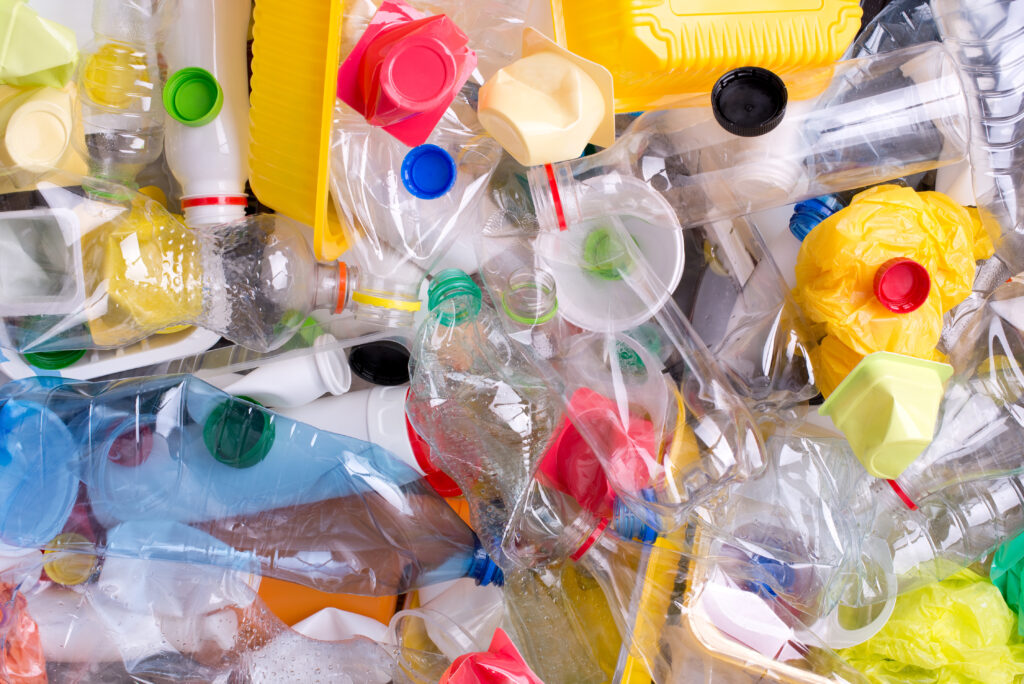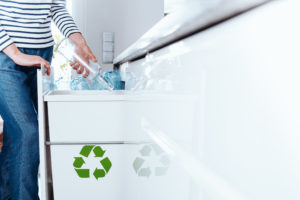
Blog
Global Recycling Day: What Federal Policy Can Do Now to Help Long-Term Recycling Rates
In honor of Global Recycling Day, Consumer Brands is delving into its commitment to finding solutions that improve our nation’s recycling system. Global Recycling Day provides an opportunity to examine the resources our member companies invest in to keep finding newer, more innovative ways to ensure product packaging supports the achievement of their circularity targets and the thoughtful federal solutions the industry advocates for year-round. It’s imperative we work toward a more sustainable future, and quickly, which is why Consumer Brands champions sustainability policies that protect consumer safety and support the ambitious circularity goals set by the CPG industry. One such policy with increasing prevalence in the U.S. packaging and sustainability space is extended producer responsibility— otherwise known as EPR.
Consumer Brands and its members are proponents of EPR policy programs when the resulting system is designed in such a way that it achieves its intended goals of improving recycling access, collection rates and overall materials circularity.
So, how does it work? For an EPR program to accomplish these goals, it must include and prioritize several core components:
- Standardize recycling programs across a state, region or nationally.
- Improve the underlying recycling system to deliver strong environmental outcomes.
- Be based on accurate data and science, including a needs assessment with clear financial and performance targets over a specified period.
- Allow for an industry-funded and -run producer responsibility organization (PRO) to assess fees on packaging and determine where/how those funds are spent and manage the system.
- Dedicate new funds raised for recycling improvements solely to recycling.
- Develop a system with measured input from a wide array of stakeholders, including state, local and federal government, packaging suppliers, the consumer packaged goods industry and the waste and recycling industry.
- Include more than one source of funding, which should be additive and target specific challenges in the recycling value chain. No single funding source should replace or supplant other funding sources.
- Apply to and account for a range of material types in the waste stream.
While these elements are crucial to the success of any extended producer responsibility program, underlying deficiencies in the existing U.S. recycling infrastructure inhibit the effectiveness of any policy designed to promote circularity. It’s important to underscore that first and foremost, we need fundamental developments to our current national recycling system to enable sustainability policies and programs to achieve circularity including EPR.
A major barrier — and opportunity — to advancing and modernizing America’s recycling system exists within the lack of consistent, reliable data on the performance of the waste and recycling system. A focused, national effort to collect reliable data is essential. This data is critical to identifying opportunities for investment, improvement and innovation throughout the nation’s recycling infrastructure.
That’s where the federal government can fulfill its important role in this value chain: the EPA should fund and conduct a “needs assessment” of the U.S. recycling industry and infrastructure and report its findings to Congress. The assessment should include:
- The amount of infrastructure investment needed to modernize material recovery and achieve consistent collection and processing of packaging material;
- the amount of investment needed to provide all citizens with access to recycling services; and
- identification of communities with no or particularly limited recycling infrastructure capacity to pinpoint where targeted funds are most needed to improve access.
Recycling systems’ standardization and harmonization also have to be a priority at the federal level, particularly given the EPA’s own “America Recycles” stakeholder effort found that the words “recycling” and “recycled” were defined 18 different ways by the states. The existing patchwork of recycling systems in the U.S. prevents circular economies of scale and contributes to high contamination rates. Developing national standards and definitions for recycling systems and providing clear guidance to states and municipalities would improve clarity for consumers and support increased recycling collection rates. By standardizing and harmonizing systems, more and different types of materials can be collected and reused or recycled to reach a sustainable end of life for product packaging.
In addition to advocating for thoughtful federal solutions, Consumer Brands and its members are pursuing complementary industry actions to improve the U.S. recycling system and the circularity of packaging materials. Over the summer, Consumer Brands and The Recycling Partnership joined forces on Recycle Check, which provides consumers with up-to-date, localized recycling instructions directly on product packaging through SmartLabel, Consumer Brands’ digital QR code labeling platform. Integrating recycling instructions into SmartLabel will encourage proper end-of-life procedures for packaging, leading to less contamination and increased recovery of valuable recycled materials.
Consumer Brands and its members support effective sustainability policies, including EPR programs, but without sufficient national recycling data and harmonization at the federal level, the impact of any EPR program is limited. Taking these actions are fundamental steps toward improving the U.S. recycling system that Consumer Brands and its members promote and prioritize every day, Global Recycling Day or any other day of the year.
Published on March 18, 2024





